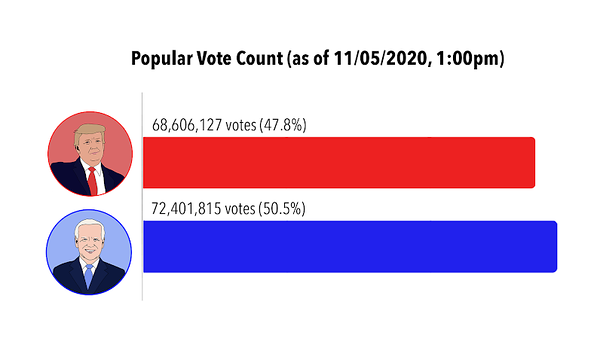As someone getting on a plane for spring break in a week, it’s difficult seeing headlines about air traffic incidents that seem to be happening almost daily. I’m not someone with a severe fear of flying, but when you’re tens of thousands of miles in the air, anxious thoughts are bound to arise. Almost everyone has seen at least one show or movie that involves a plane crash, or at least the threat of one, but what about when it transfers over into real life? Personally, I’d rather not spend my spring break living the events of “Yellowjackets.”
But is there really cause for concern? Should we be taking every news alert as one more sign to not buy that plane ticket?
In situations like these, there is one thing you can rely on: numbers. For instance, take the recent food recalls. It felt like I was seeing a recall alert just about every day, but I needed to take into consideration whether it just makes for a good headline or if there’s truly a concerning pattern taking place. The USDA data showed that there was actually a 38% drop in recalls from 2023 to 2024. That being said, a better gauge for concern are the rates of hospitalization and deaths due to food poisoning or allergens, which in 2024 were double the rates in 2023. It’s not just a matter of the numbers, but also the surrounding context.
So what do the numbers tell us about recent air traffic accidents? Data from the National Transportation Safety Board (NTSB) shows that there’s actually been a decrease in air traffic incidents classified as “accidents” in their database. In 2024, there were 80 accidents in January and 93 accidents in February.; in 2025, there were 63 accidents in January. and there have been 46 accidents reported for February as of the 26th.
On Jan. 29, nine days after President Trump’s inauguration, news broke that an American Airlines flight had collided with an Army helicopter while preparing to land at the Reagan National Airport. In the midst of Americans mourning the loss of 67 lives, Trump points fingers at diversity initiatives and Democrats as a cause for this horrific event.
In the weeks following there have been several other aircraft accidents making headlines, such as the Philadelphia crash on Jan. 31 and the Nome, Alaska crash on Feb. 6. There’s also been coverage of Trump’s government restructuring, which includes up to 400 layoffs in the Federal Aviation Administration (FAA).
Understandably, these recent events have been on people’s minds—and the news sources are aware. A tragedy as severe as the American Airlines collision is bound to make the news, as a crash even close to this number of fatalities hasn’t occurred in the U.S. since 2009. On the other hand, I remember reading the headlines about a taxiing incident at the Seattle Airport, occurring in a location not under air traffic control and resulting in no injuries.
Would this event have made national news if not for previous events? And if it had, would the average reader even bat an eye at a plane clipping the wing of another while safely on the ground?
We are in a never-ending cycle of looking somewhere to point fingers, and I say this as someone who is guilty of it, too. When there are tragic events occurring, ones completely out of the common person’s control, we are immediately in search of answers. When presented with a headline as shocking as the news of the American Airlines crash, news sources know they have our attention in the days and weeks following, especially if any related buzzwords are front and center.
If you’re worried about boarding a plane for your upcoming trip, just know that the recent events are not entirely out of the ordinary. We are surrounded by fear-mongering media in this current political climate, and what better way to strike fear into the public’s heart than to suggest that their flight may go down in flames? I don’t have the magic trick for subsiding your flying anxiety—you’ll have to look to senior Aaron Chin’s article for that—but I can say that the best thing you can do in this given moment is to focus on what is within your control.




















